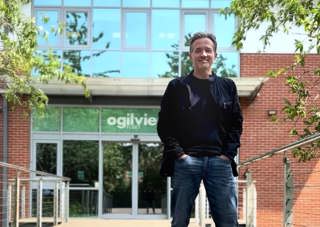The Government has decided to maintain the first MoT at three years, rather than four years, due to safety concerns.
The decision comes after a Department for Transport (DfT) consultation held last year that considered extending the first MoT test to four years.
Ministers say that the majority of responses it received were against the proposals on safety grounds, arguing that the savings to motorists were outweighed by the risk to road users and the test often highlights upcoming issues affecting the vehicle.
The fleet sector was divided over the Government proposal and public survey for DfT by Populus showed fewer than half of people were in favour of the change.
Roads minister Jesse Norman said: “We have some of the safest roads in the world, and are always looking at ways of making them safer.
“Although modern cars are better built and safer than when the MoT test was last changed 50 years ago, there has been a clear public concern that any further changes don’t put people’s lives at risk.
“We are looking at further research to ensure the MoT test evolves with the demands of modern motoring.”
By law, all vehicles must be roadworthy, regardless of whether they have passed an MoT, and the content of the tests will not be changed.
The test was introduced in 1960, requiring vehicles to undergo a first check after 10 years. It was changed in 1967 to three years.
In 2016 (the most recent figures available), more than 2.4 million cars had their first MoT test, which costs owners a maximum of £54.85. The pass rate was about 85% and the most common reasons for failure include lighting, tyres and braking faults.
Changing the time until the first test would have saved motorists more than £100 million a year, said the Government.
Steve Gooding, director of the RAC Foundation, said: “The MOT test focuses drivers’ minds on the state of their vehicle. No one wants to see unnecessary costs for motorists but keeping this frequency of inspection could actually save people money by alerting them to problems before they become serious, expensive to fix and dangerous to other road users.”




















Winston - 18/01/2018 11:17
I recently signed up for the new DVLA MOT reminder service at www.gov.uk/MOT-reminder Simple to do and one less thing to think about.............just the way it should be!